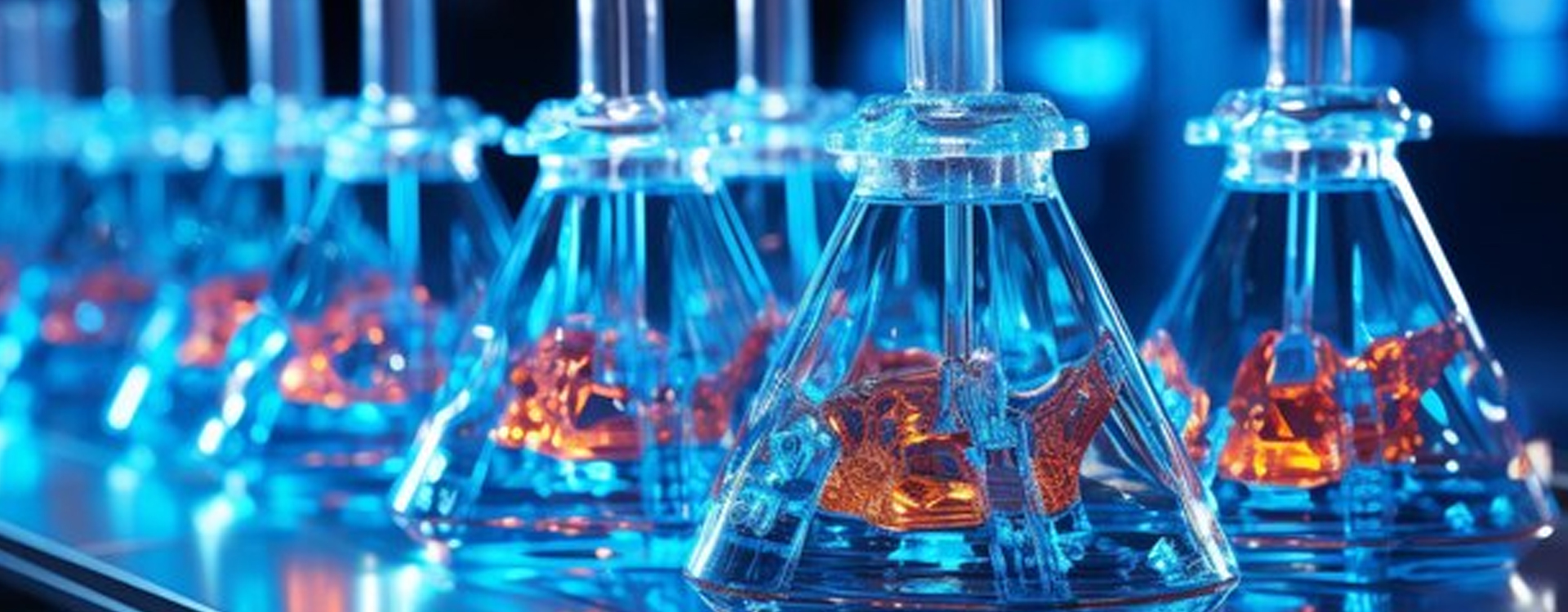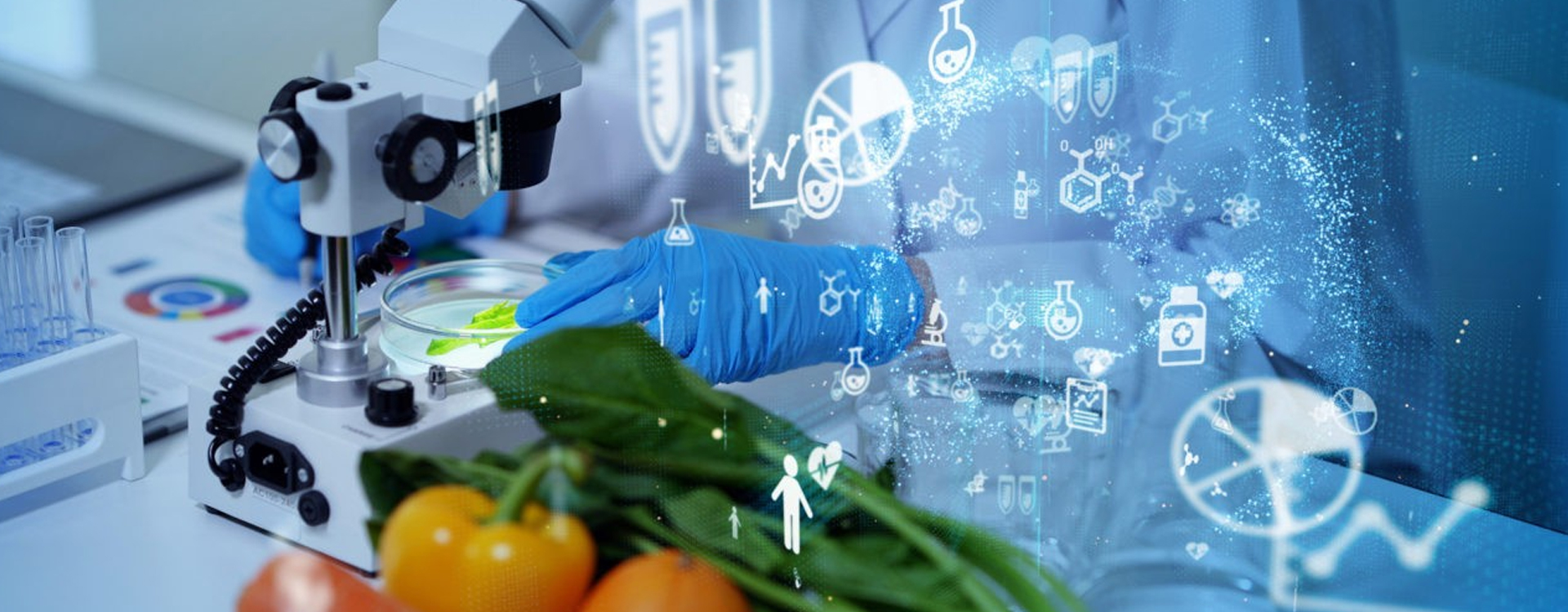Seminar Details
Seminar Title:
Enzyme inactivation, microbial decontamination and drying of garlic using microwaves
Seminar Type:
Departmental Seminar
Department:
Food Process Engineering
Speaker Name:
Sudarshanna Kar, Ph.D. Student (516fp1001)
Speaker Type:
Student
Venue:
CH 113
Date and Time:
10 Jan 2024 12:00 PM
Contact:
Dr. P P sutar
Abstract:
Fresh garlic is prone to spoilage due to its initial high moisture content and elevated enzyme and microbial activities. This study introduces a novel approach for garlic processing, combining ultrasound and microwave pretreatment followed by microwave drying cum peeling to enhance the efficiency of drying and to maintain the product quality. The ultrasound pretreatment (58.43 WL−1 ultrasound power density for 40 min with an initial bath temperature of 60 °C) followed by microwave treatment (3 Wg−1 MW power density for 120 s) resulted in 90.37% POD and 92.38% PPO inactivation with 2.62 log reduction in Aspergillus niger. The pre-treated garlic bulbs were dried using a five-level, three-variable central composite design (CCD). The levels of microwave power density and pulsation ratio were varied in the range of 1.5 to 2.5 Wg-1 and 1-2, respectively. The total polyphenol content, DPPH inhibition activity and allicin content varied from 3.971 to 5.448 mg GAE/g, 51.458 to 80.833 % and 117.824 to 132.000 mg/100 g, respectively. The peeling efficiency varied from 83.27 to 97.53%, peeling yield from 55.10 to 76.31%, peelability from 88.50 to 99.05 and peeling loss from 0.13 to 2.42% during the entire microwave experimental range. This novel strategy has the potential to change the garlic processing industry by offering an economical, timely, and sustainable response to the rising demand for premium garlic powder.


